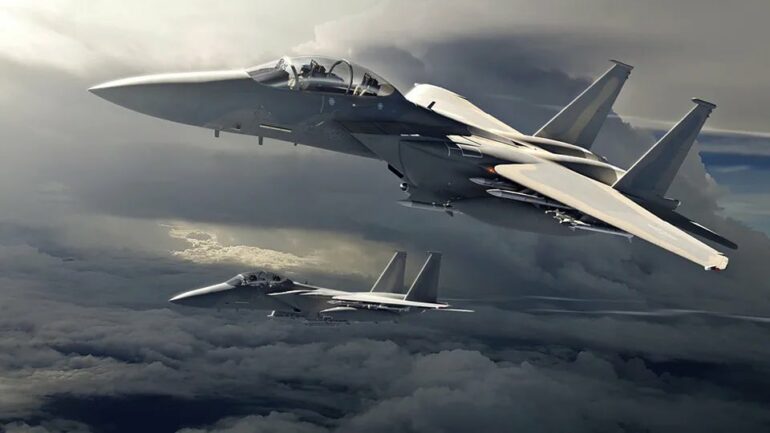Boeing recently revealed its newest F-15 fighter jet variant, the F-15 EX “Eagle II”, can reach astonishing speeds up to Mach 2.9 – making it the second fastest combat jet in the US Air Force fleet. This was disclosed by Boeing test pilot Rob Novotny at the recent Singapore Airshow.
Table of Contents
Boeing’s New F-15 EX Fighter Jet Reaches Blistering Mach 2.9 Top Speed
The F-15 platform has long provided supersonic air supremacy capabilities dating back to its origins in the 1970s. But the upgraded EX model pushes the performance envelope even further with advanced engines providing nearly 30,000 pounds of thrust.
Blazing Fast When Lightly Equipped
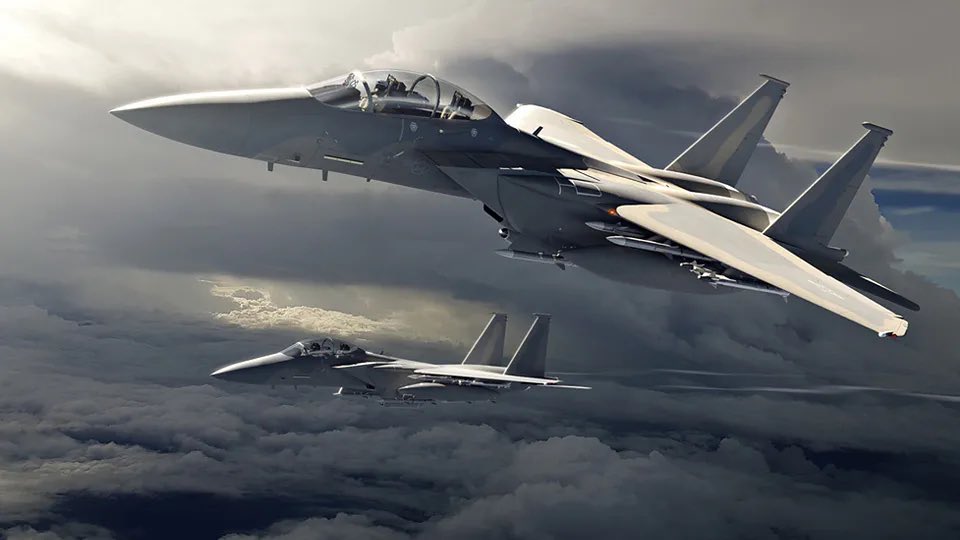
Novotny clarified the Mach 2.9 figure applies to a “clean” configuration, meaning without pylons, fuel tanks or other externals. This light loading enables the F-15 EX to come close to achieving Mach 3 velocities, a rarified speed matched by few aircraft ever built.
The EX’s exceptional power enables unprecedented speed for an operational fighter today. Yet in combat loadouts, external stores impose limits below Mach 3 to remain within safe parameters. So while the F-15 EX blazes fast stripped down, actual missions prevent reaching its theoretical maximum.
Upgraded Engines Provide Thrust Boost
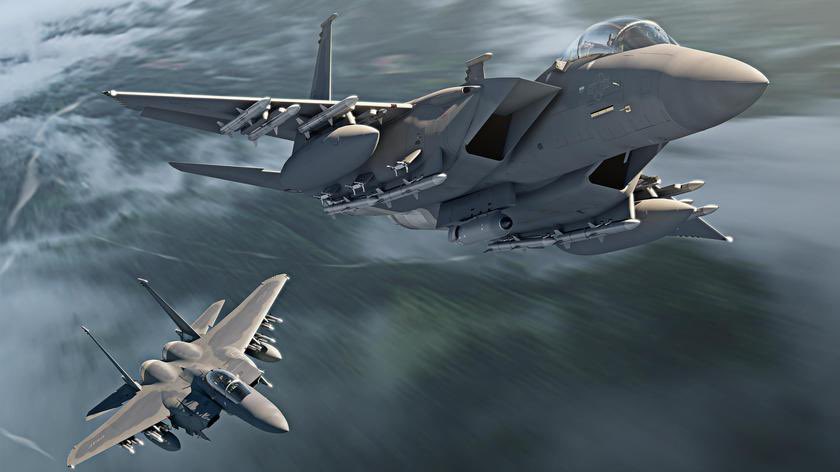
The source of the EX variant’s extreme speed is two new General Electric F110-GE-229 engines providing 29,500 pounds of thrust each. This gives a massive thrust increase over even the advanced F-15E model’s engines.
The unprecedented power allows the F-15 airframe to finally stretch its legs and reach eye-watering velocities. Novotny credits the GE-229 engines’ capabilities for enabling Mach 2.9 speeds, even if only achievable in ideal conditions.
Top Speed Clarified Below Mach 3
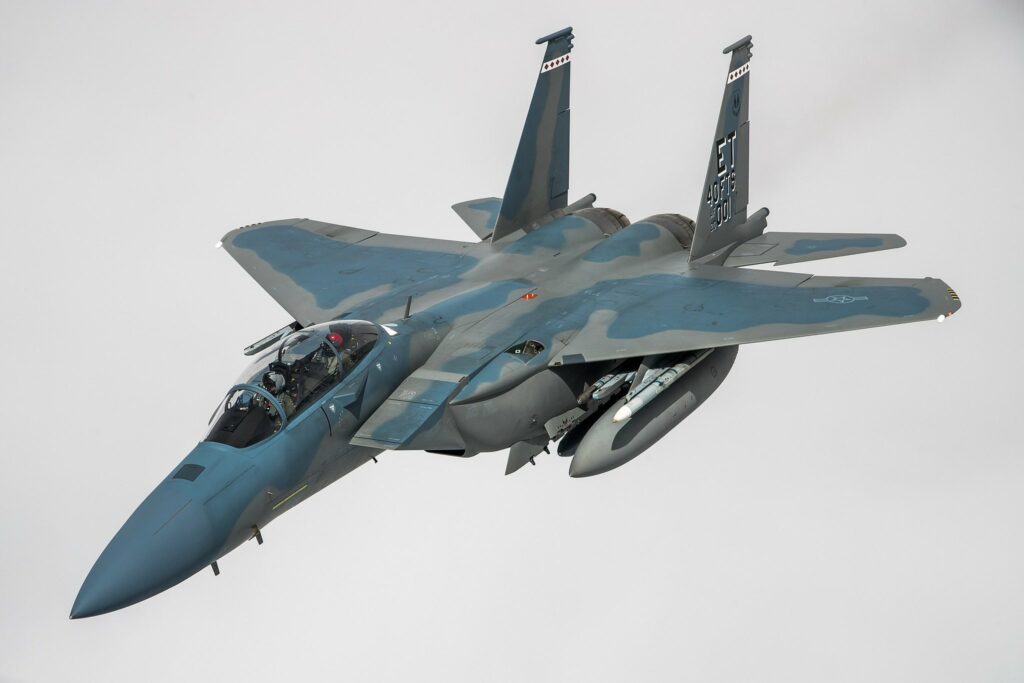
After created buzz in aviation circles, Novotny followed up saying Mach 2.9 was mistakenly cited. The actual top speed is closer to Mach 2.5, still blisteringly fast but below the Mach 3 barrier.
The honest correction shows Boeing is keen to hype the EX variant’s performance but remain grounded about actual capabilities. Due to thermal limitations, achieving Mach 3 likely remains out of reach operationally.
Armaments Limit Practical Speed
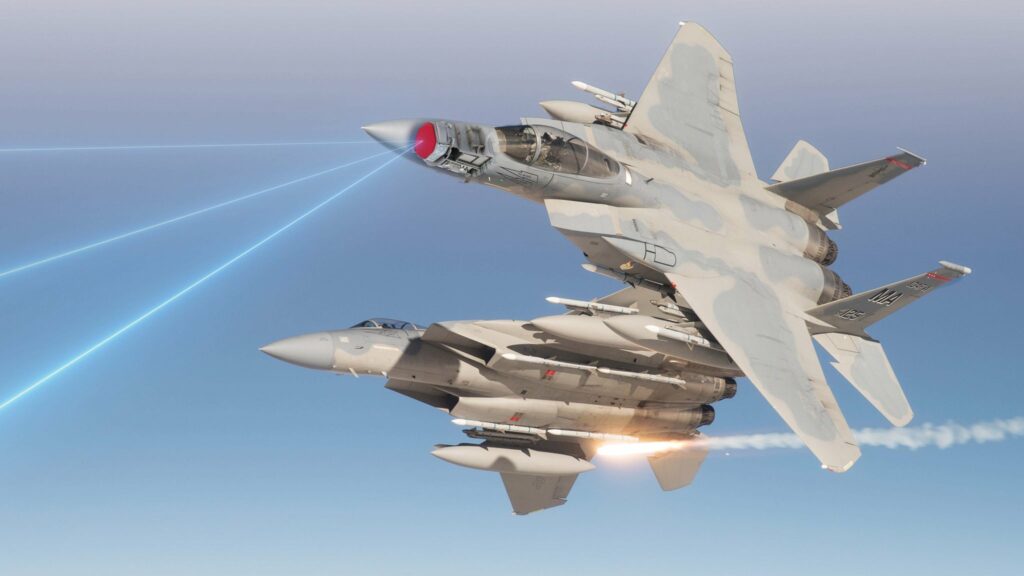
Novotny stressed combat sorties require external loads that introduce speed restrictions. Missiles and pods certified to lower Mach speeds become limiting factors. Clean testing configurations without ordnance are when the airframe shows its maximum potential.
Practical supersonic speeds will be capped based on the approved stores and environmental conditions. While the EX can briefly hit Mach 2.9, its realistic combat speed will be tempered by external factors.
EX Variant Brings New Capabilities
The F-15 EX represents the Air Force’s first new F-15 order in over 15 years. It brings a slate of avionics, weapons and engine upgrades to the proven air superiority platform.
Increased payload capacity, advanced sensors and networking aim to pair with raw speed increases to make the EX a formidable multi-role fighter. Its Mach 2+ capable airframe retains relevance despite fifth generation jets like the F-22 and F-35 now in service.
By pushing the limits of the F-15’s performance, Boeing ensures it remains a key player in America’s air combat fleet. Even as speeds above Mach 3 likely remain elusive, the EX variant guarantees the F-15’s ability to dominate skies for years to come.
